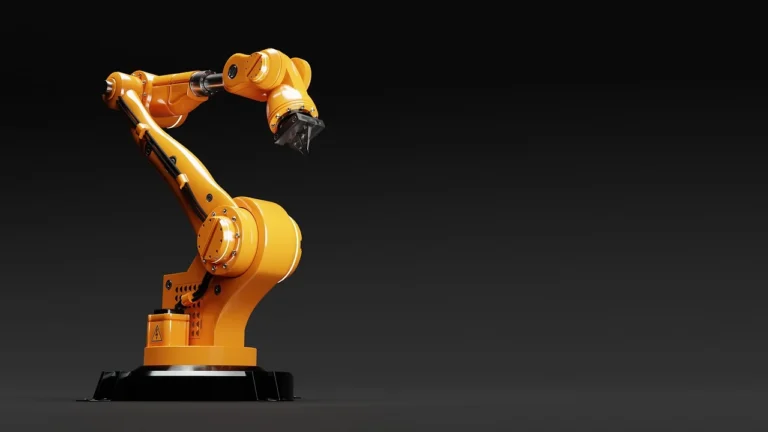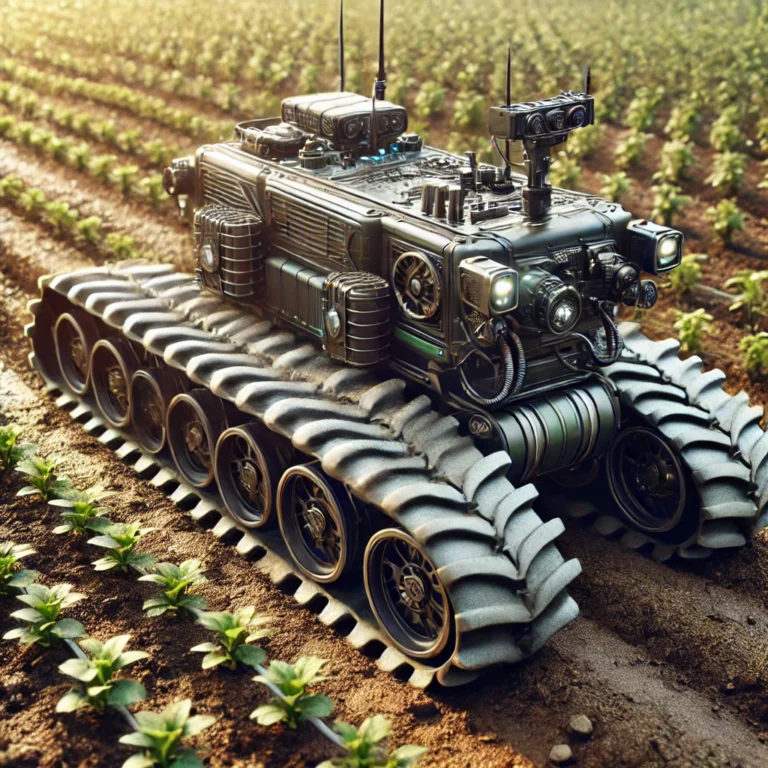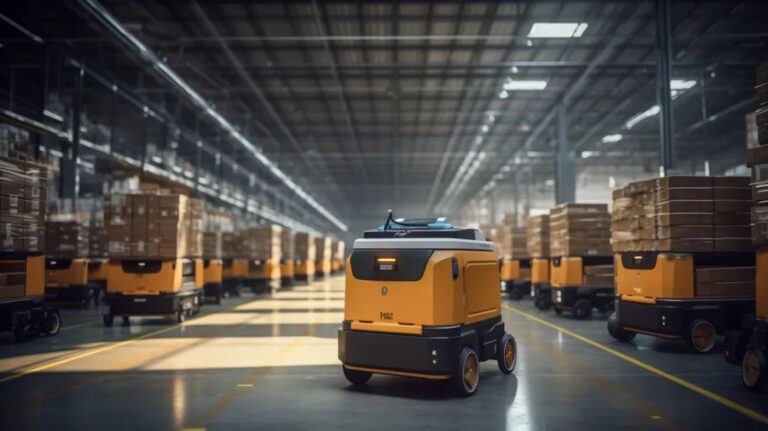We help the world since 2012

3 Types of Power Supplies Used to Power Robots
In the world of robotics,many users and clients are annoyed with the right power supply, and choosing the right pwer supply is key to ensuring smooth and efficient operation. Robots rely on different types of power supplies, each with its unique benefits and limitations. Let’s dive into three popular types of power supplies used in robotics, highlighting their strengths, weaknesses, and ideal applications. If there are some more cases, please don’t hestate to interact with us.
1. AC-DC Power Supplies
Overview
AC-DC power supplies are designed to convert alternating current (AC) from the mains into direct current (DC). This makes them perfect for providing a steady and reliable power source to robots.
Advantages
- Stable Output: These power supplies deliver consistent voltage and current, crucial for keeping robots running smoothly.
- High Efficiency: Modern AC-DC converters are highly efficient, which helps reduce energy loss and operational costs.
- Versatility: They suit a variety of robotic applications, from industrial robots to everyday consumer robots.
Disadvantages
- Size and Weight: AC-DC power supplies can be bulky, so they might not fit well in compact robots.
- Heat Generation: They may produce heat during operation, which means you might need cooling solutions to keep things from overheating.
Applications
- Industrial Robots: Ideal for manufacturing and assembly lines where a reliable, high-power source is essential.
- Service Robots: Used in environments requiring continuous operation, such as hospitals and hotels.
2. DC-DC Converters
Overview
DC-DC converters take a DC input voltage and convert it to a different DC voltage. This makes them especially useful for robots where various components need different voltage levels.
Advantages
- Compact Design: DC-DC converters are often smaller and lighter than AC-DC power supplies, making them great for space-limited applications.
- Flexible Voltage Output: They provide multiple output voltages, accommodating different parts of a robot with specific power needs.
- Efficiency: High-efficiency models minimize energy waste, which is vital for battery-powered robots.
Disadvantages
- Limited Input Range: They often have specific input voltage requirements, which can restrict their use if the input voltage varies a lot.
- Complexity: Using multiple converters can complicate the power management system.
Applications
- Battery-Powered Robots: Perfect for robots that rely on batteries, as they efficiently manage varying voltage levels.
- Embedded Systems: Ideal for compact robots and drones needing multiple voltage outputs in a small space.
3. Battery Power
Overview
Batteries offer a portable power source, crucial for mobile and autonomous robots. They allow robots to operate independently without needing to be plugged into a power outlet.
Advantages
- Mobility: Batteries give robots the freedom to move around without being tethered to a power source, which is essential for mobile robots.
- Flexibility: Available in various sizes and types (e.g., lithium-ion, lead-acid) to meet different power needs and operational durations.
- Ease of Integration: Batteries fit easily into robot designs, often without major modifications.
Disadvantages
- Limited Runtime: The operational time is bound by battery life, so robots will need recharging or battery replacement.
- Maintenance: Batteries require regular upkeep and eventual replacement, which can add to the overall costs.
Applications
- Mobile Robots: Essential for robots that need to move freely, like delivery robots or exploration bots.
- Consumer Robots: Common in household robots, such as vacuum cleaners and lawnmowers, where mobility and user convenience are key.
Conclusion
Selecting the right power supply for your robot involves understanding the unique benefits and limitations of each type. AC-DC power supplies offer stability and efficiency, DC-DC converters provide flexibility and compactness, while batteries enable mobility and independence. The above 3 Types of Power Supplies Used to Power Robots can basicly meet your demand ,for the details we need to find the right power, voltage and other values. By considering your robot’s specific needs, you can choose the most suitable power supply, ensuring smooth and reliable operation.
CHONDA TECHNOLOGY specailized in AC-DC converter and DC-DC converter for more than 12 years, welcome to discuss with us your requirement.




